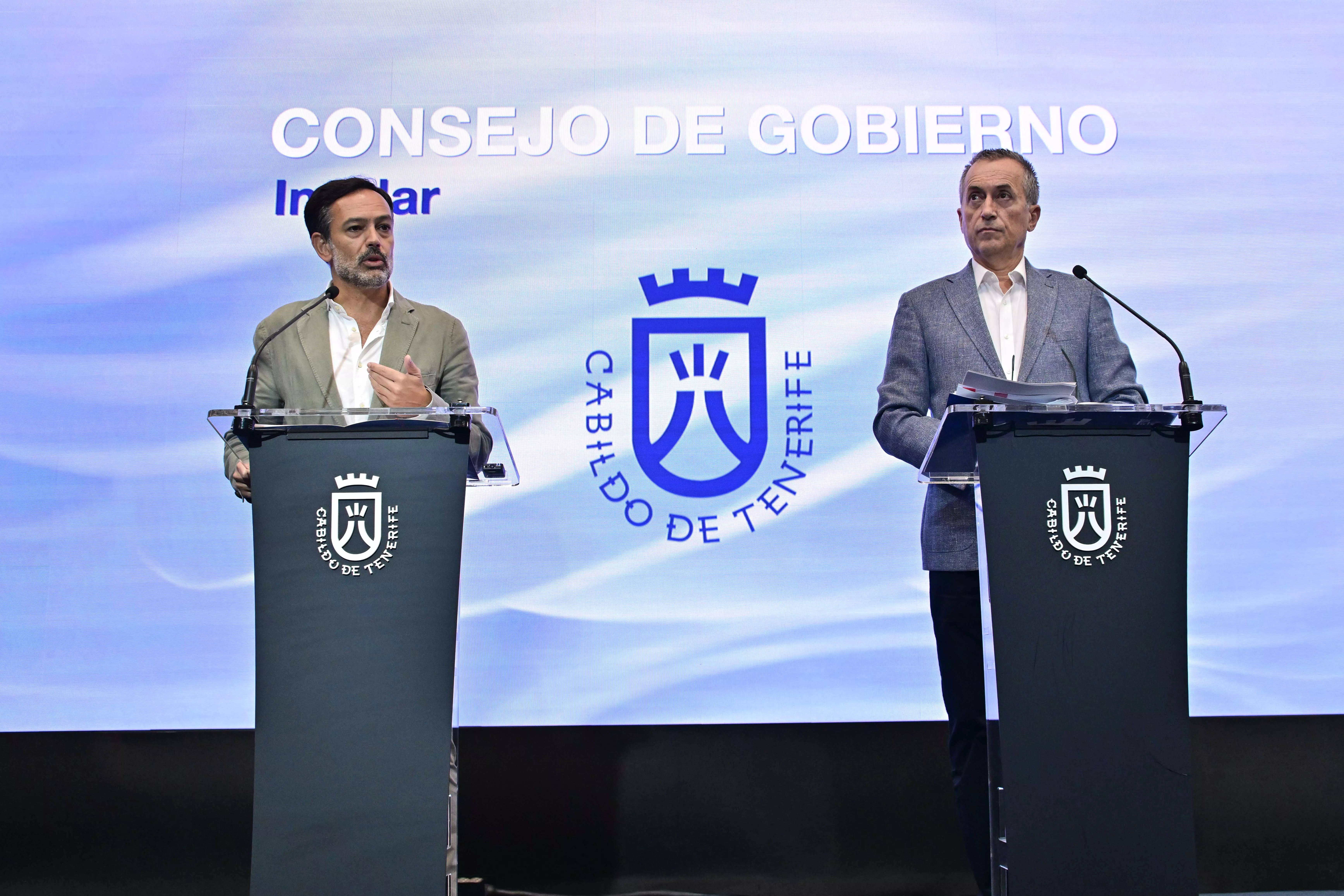
SANTA CRUZ DE TENERIFE, 28 Oct. (EUROPE PRESS) –
The Ministry of Health of the Government of the Canary Islands joins the commemoration of the ‘World Stroke Day’ that is celebrated this Saturday and stresses that it is as important to maintain healthy lifestyle habits to prevent this pathology as it is to act immediately when symptoms are suspected .
During 2021, a total of 2,360 hospital admissions for stroke were registered in the Canary Islands, distributed evenly between both sexes and the average age of the patients treated was 71 years.
Stroke is a cerebrovascular disease that affects the blood vessels that supply blood to the brain, causing a sudden disorder of cerebral circulation that alters the function of a certain region of the brain.
85 percent are caused by vascular obstruction and the rest by hemorrhage, collects a note from the Ministry of Health.
This disease is the second cause of death in Spain and the first in women. It is also the first cause of acquired disability in adults and the second cause of dementia.
According to data from the Spanish Society of Neurology (SEN), each year some 130,000 people suffer a stroke in Spain, of which 50% will have subsequent sequelae that cause disability with a mortality rate of 30%.
In the last 20 years, mortality and disability due to stroke have decreased thanks to improvements in early detection and control of risk factors, but even so, its incidence continues to increase.
Stroke care is part of the ‘Canary Islands atherosclerotic disease prevention and control programme’.
The brain damage caused by a stroke is closely related to the time that the alteration in the cerebral vascularization is maintained and in the area that has been affected.
Therefore, knowing how to identify symptoms of the disease early in order to activate the emergency system can help to significantly improve the prognosis of this disease.
STROKE CODE
The ‘Stroke Code’ is a fully established program in the Canary Islands and is the action procedure that begins in the place where the first alert to the health system is generated, based on the early recognition of the symptoms of a stroke with the aim of transferring as soon as possible to each patient to the appropriate hospital center so that they can benefit from reperfusion therapy and specialized care in a stroke unit.
By activating the ‘Stroke Code’ by calling the Canary Islands Emergency Service through the 1-1-2 emergency telephone number, the in-hospital process of diagnosis and care is started while the stroke patient is transferred to the Emergency Service.
When a patient arrives at the service, the unit’s team of professionals will be waiting for the patient and on many occasions they will even be transferred to the treatment room itself.
The objective is not only to reduce mortality due to stroke, but also complications and sequelae (morbidity), since these are very important in the subsequent quality of life, since stroke is the second leading cause of invalidity or long-term disability in the adult.
Stroke patient care incorporates the provision of rehabilitation, a complex, multidisciplinary process, limited in time and whose main purpose is to treat and compensate for deficits and disability (motor, sensory or neuropsychological) to achieve the maximum possible functional capacity in each case, facilitating independence and reintegration into the patient’s usual environment in all its aspects (family, work and social).
PREVENTION
In the prevention of risk factors is the key to avoid new cases, their morbidity or mortality.
One of the pillars of stroke care is the control and treatment of diseases such as hypertension, diabetes and dyslipidemia, as well as maintaining a balanced diet and physical activity, avoiding the consumption of toxic substances such as tobacco, alcohol, coffee and other drugs of abuse .
The possibility of a stroke episode should be suspected
when there is a sudden loss of strength or sensation, numbness or weakness in a part of the body; sudden onset of confusion or trouble speaking or understanding; sudden manifestation of vision problems, blindness or double vision; unusual headache, of great intensity and without apparent cause and sensation of intense vertigo, sudden loss of balance or gait deficit.
















